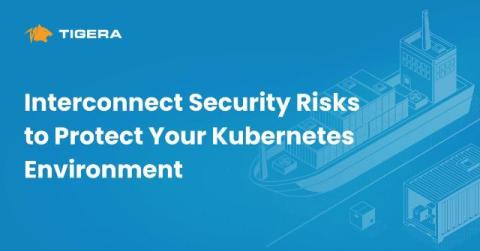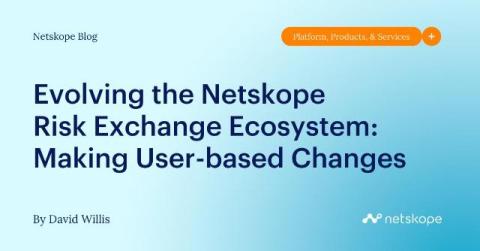Interconnect Security Risks to Protect Your Kubernetes Environment
As Kubernetes and containerized environments become the backbone of modern application development, securing these environments grows increasingly complex. The distributed nature of microservices, the dynamic scaling of workloads and the ephemeral nature of containers introduce unique security challenges. Traditional approaches to risk assessment — where vulnerabilities, misconfigurations and threats are identified and prioritized in isolation — often fall short in such environments.











